Kiko Kostadinov: Hunting and Being Hunted
|Paige Silveria
After being firmly installed at Dover Street Market locations worldwide for years, Kiko Kostadinov is opening its second global flagship store in Los Angeles. It’s a continuation of the fashion label’s collaboration with artist Ryan Trecartin, who designed their first permanent brick-and-mortar in Tokyo’s Shibuya district earlier this year.
A few days before the shop’s opening, Paige Silveria visited the brand’s London-based studio to catch up with the team, including Kiko, who designs the brand’s menswear, and Laura and Deanna Fanning who are behind the womenswear.


Portrait of Kiko Kostadinov. Photos: Alex Black
PAIGE SILVERIA: Your new flagship opens in LA this week. What are your thoughts on the city?
LAURA FANNING: There are just so many different types of areas. There are the beautiful Art Deco buildings, the classic Hollywood, and then the garage and warehouse-like spaces. The dichotomy between them is interesting but also strange. I guess it’s what makes it great for the creative people that live there. There are a lot of artists and photographers there. We have an upcoming project we have to shoot and the list of people there that could work on the project is quite interesting. Maybe from living in London, the perception is that LA has more of a commercial or glossy element; you don’t necessarily think of all the interesting people that live there. Though of course it’s also so different to New York, Paris, or London in that it’s very hard to see the people out publicly. Everything happens behind closed doors, I feel.
PS: The store is similar to the one you did with Ryan Trecartin in Tokyo, right?
DEANNA FANNING: Ryan is doing both. The concept is very similar to what we did in Tokyo where the first part of the opening is more of an introduction to the next stage. In March, we had a kind of work-in-progress installation at the Japan store and then in August, they closed it for two weeks and completed it. When we went just now in November, we saw the final version for the first time. So LA will be very similar. It’ll be more of an installation this first week. Then maybe six months later, we’ll shut it down and finish it for the final version. It should be more straightforward producing the set design in the US. A lot of the references that Ryan uses come from US domestic furniture, so they’re easier to access there. In Japan, we had to recreate everything from scratch, like beach chairs and things that are so common in America, and you just buy from Home Depot. But in Japan, we had to make them almost as props. And they look quite luxurious in Japan. We’re quite curious how they’ll all look in the real setting, maybe more normal in a way, in the LA store.

Portrait of Laura and Deanna Fanning
PS: What’s the overall concept with both spaces?
KIKO KOSTADINOV: Ryan and his partner Lizzie [Fitch] create spaces for their films, and we thought it would be interesting to have them do the same for the stores. We are pretty open though; we’re not really controlling. Our job finishes when we decide to work with someone. We don’t ask to use [things] from their previous work and make something new. Because in that way, you’re kind of just using their labor rather than bringing them on to do what they want—which we prefer because that way we are always surprised with the result. Sometimes people don’t like the freedom. They can get scared. They want to be more directed.
PS: So it’s not even necessarily a collaboration.
KK: It’s more like each person is doing their own part. We’re doing the fashion and he’s doing the store design, and we come together. He just sent the proposal, and I was like, “Yeah, that’s it. But maybe add a bit more length to the rails here and a bit more table space for the shoes or accessories.” And I think people appreciate that we’re not checking on them or asking them to change or adjust things. Because then people can almost lose their passion or desire to be involved. I think they can see that you’re just kind of using them for their previous work and you just want to do the work through your eyes. They work through your eyes.
PS: I feel like it’s uncommon for people to realize that they have that effect on others, that you see that you could be dimming someone’s passions. It’s a big deal to give that kind of autonomy.
KK: And of course we also don’t pick people lightly …

Photo: Rigo Ramirez
PS: Another creative team you’ve worked with a lot is the design firm Soft Baroque—they did your spaces in Dover Street Market globally.
DF: We’ve been using one of their tables in the studio for a while. We love the table so much. I really like how they see the optimism in materials. The pieces they made for us in particular are really interesting because we have similar fittings in all of the installs at Dover Street Markets around the world. They envisioned it as a house. So they created a house out of a metal structure and then it was broken up for each of the DSMs, which is kind of insane and amazing.
PS: Back to the new store, what’s the area like?
LF: It’s in an area in the city where there are a lot of galleries, pottery spots, high-end jewelry brands. There’s a beautiful courtyard. Ed Ruscha used to live in one of the apartments upstairs. So it’s an iconic LA building that has been through a lot from the 20s until now. LA is quite strong with creating an area where maybe a year or two ago, there was nothing happening, and suddenly overnight you get amazing coffee shops, restaurants, galleries, organic supermarkets, etc. So it’s exciting to be part of this new community developing an area in an important city. And the property developers were pushing for us to be there because they see the value of having a younger brand. So, yeah, we are very excited to see how that could grow. And we’re excited for the opening party. A lot of us are coming from the studio; we’re going to have fun and then we’ll come back and work on the collection for January.
PS: Speaking of which, can we discuss the AW-24 women’s collection?
LF: We were thinking about the idea of hunting and being hunted. So, some garments have that utility element that you would find in hunting clothes. And there’s one dress and one coat that have slashes in them that reveal the lining. We have the socks that you wear in traditional British hunting. Being [Australian and] from a country that’s so young, we’re really interested in these codes of dress, how they’ve been created. And what they mean to womenswear because women weren’t allowed to wear so many clothes for so long. It’s only a hundred years since women have been able to wear trousers. So I think for us, there is an interest in how there’s still so much to be explored in terms of dress for women and playing with those codes to build a different sense of what we women should wear in the future. Maybe because we’re twins, we’re always thinking in terms of dichotomies like hard and soft, or bright and dark. We take on opposing roles and communicate and layer those ideas from head to toe in a sequence, in a collection. And during winter, your vulnerabilities can be so easily exposed in dress, but then you can also be heavily covered up. In a way, thinking about hunting and someone who’s hunted and the philosophy surrounding that reveals many dualities.


Photo: Rigo Ramirez
PS: Have you guys been hunting before?
DF: It’s a very foreign idea to me. I’m a vegetarian. But I love all the details of these modern Italian-made hunting clothes and how it goes back so many hundreds of years. We spent hours one afternoon in this hunting store. It was so creepy looking at everything because the fabrics are so beautiful: velvets, silk linings, corduroys. Concerning function and form, these designs proved to be better thought out, better made, and have a better material selection than a lot of the other fashion items of the time.
PS: And considering that sportswear today is primarily comprised of synthetic materials.
DF: Personally, I’m a big proponent for wool. Of course merino wool is a very Australian tradition, but it’s a fiber that you can’t beat. It has so many amazing qualities: it’s water repellent; you can make it antimicrobial; it dries relatively quickly; if you process it a certain way, you can wash it. Sometimes you don’t even need to wash it. You can just let it air out. You can knit it really finely as well. There are so many beautiful things you can do and it’s good for the body. It’ll protect it and it’s breathable.
LF: It’s really interesting to see how they crafted clothing for sport activities. Asics has a small archive in Kobe, which gives a very educational view on how design’s evolved since the company started. You look at those first shoes and you’re like, I can’t believe people ran in these. At the moment, I’m really interested in 20th century California jewelry design and how it’s so linked to the nature in the area, and the cultural references. Like a lot of Native American jewelry designers that reinterpreted Modernism. It’s like people in the 1950s and 70s redoing the 20s and 30s, you know like a revival era? I really love that in American design. Revival’s so good.
PS: I love when the 90s tried the 60s. There are so many layers.
LF: Histories have become very myth based. It’s interesting what’s kept and what’s left behind. I was reading something the other day about history and how normally it’s the thing that no one ever wants to remember that sticks visually and aesthetically. And it’s not even the crux of what people wore. I’m thinking: Are we doing it all wrong pulling these references? I guess that’s our job to deeply research and bring other maybe forgotten elements.
PS: SS-25 definitely has a vintage-inspired aesthetic.
DF: We started thinking about moments of identity in transit and transients. How do you create an identity in a non-space? We travel a lot, so we were exploring how to create an identity in those uniform-type looks. Sometimes in a uniform people can look anonymous, or the garments will make them stand proud. It’s an interesting tension. Working as creatives, you are free of a uniform, which can be liberating. But it’s nice to look at how precise those styles of dressing can be and how strong it can make people look. And I think when you’re a woman, you never know in certain spaces if it’s fine to occupy it or not.
There are also people who try to be more of a chameleon versus others who demand that this is their own space. Maybe that’s more about lack of experience or maturity or what age of your life you’re in, but sometimes you don’t have the courage or the constitution to be the girl you want to be at that moment, and you end up being one of the others. So, we came up with a series of characters and personalities within the collection that inhabited different spaces.
PS: Where did the stamp prints come from?
LF: Our dad used to work for Australia Post in their head office, he just retired. He always used to bring home the special edition stamps, and they were so cool. So I guess maybe we’ve always had a fondness for them. They’re so beautiful, the graphic works are really interesting. A lot of the stamps from the 60s or 70s are very space-focused, which naturally got us thinking about the various space characters in uniform. It was such an amazing time when, for instance, a lot of Italian designers were doing these uniforms for airlines across the globe. Pucci had these incredible prints and uniforms for some airlines. And the sportswear in the 60s was so good.
PS: Design was more beautiful in the mid-century. Cars, packaging, appliances—everything seemed to be made with more intention, and often with fun inspirations, like space travel.
LF: That’s true. It was very hopeful, to give something that much attention and to really give it a world.






Photos: Alex Black
Credits
- Text: Paige Silveria
Related Content
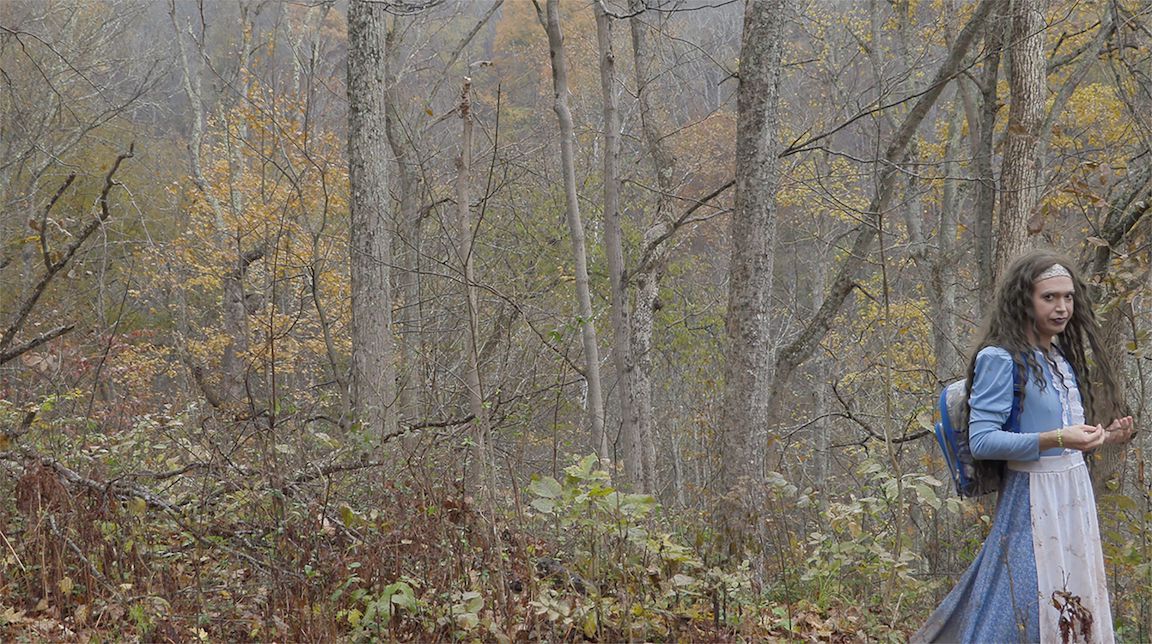
ROT THE MAP: LIZZIE FITCH and RYAN TRECARTIN’s WHETHER LINE at the Fondazione Prada
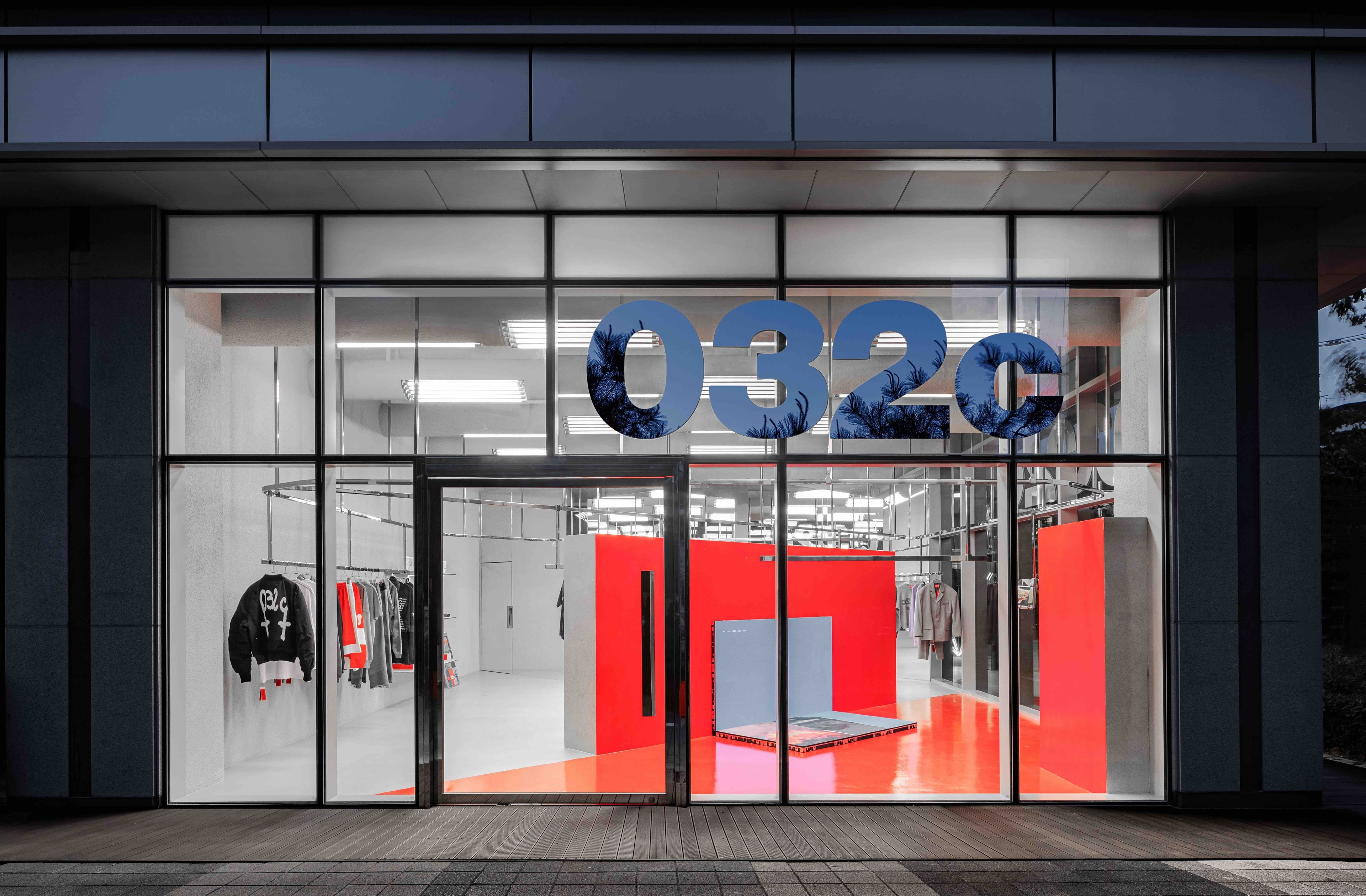
032c Gallery opens in Seoul
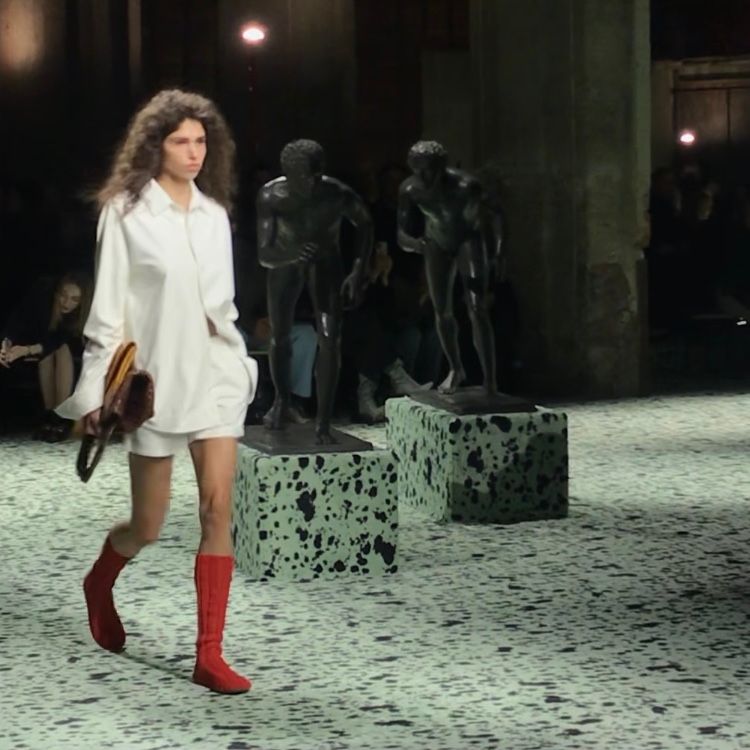
Transmissions: The Hero’s Journey
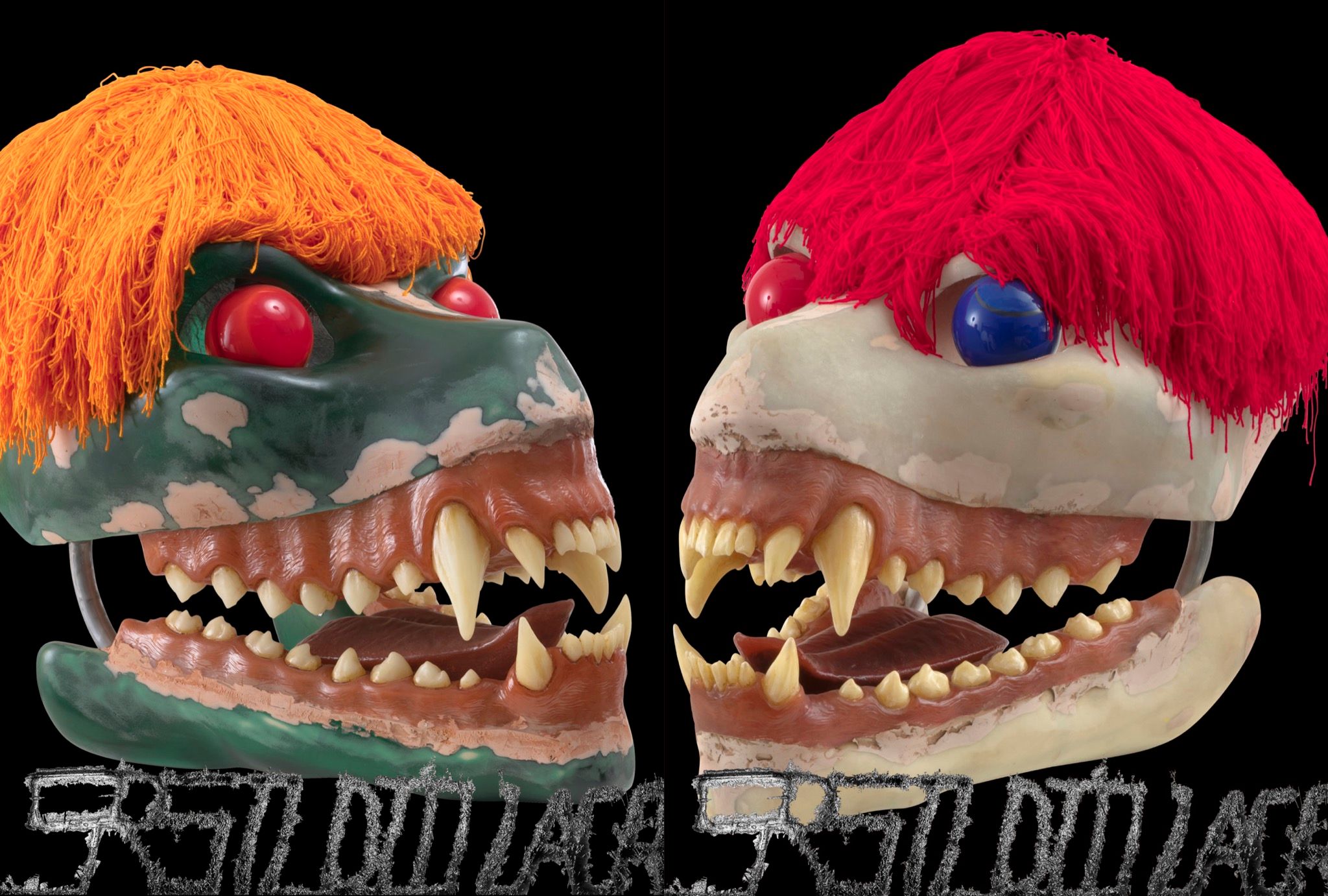
STERLING RUBY. STUDIO. LA. CA.
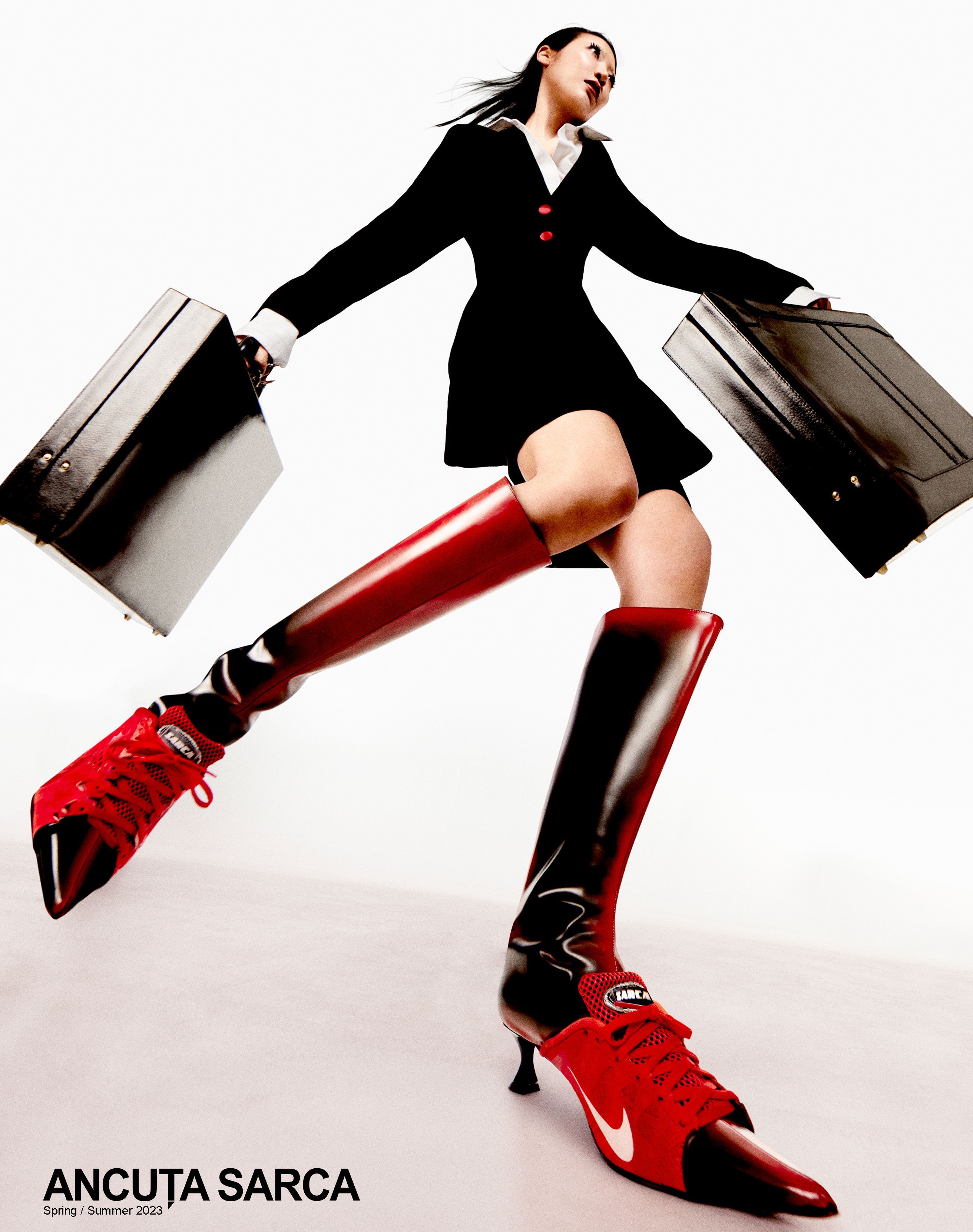
ANCUTA SARCA Reshapes Deconstructed Sneakers
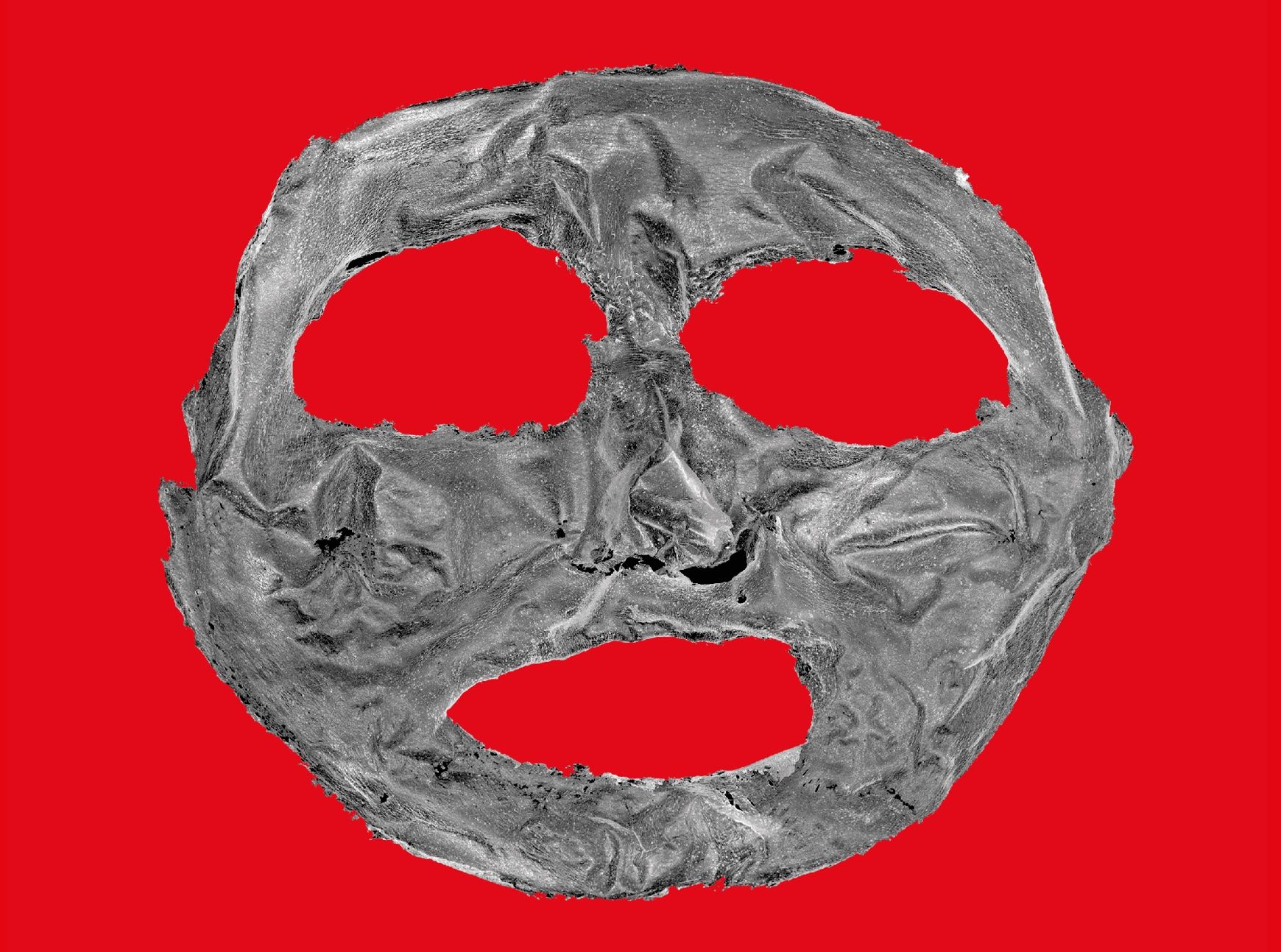
“DEVILS ON HORSEBACK” Curated by Claire Koron Elat and Shelly Reich
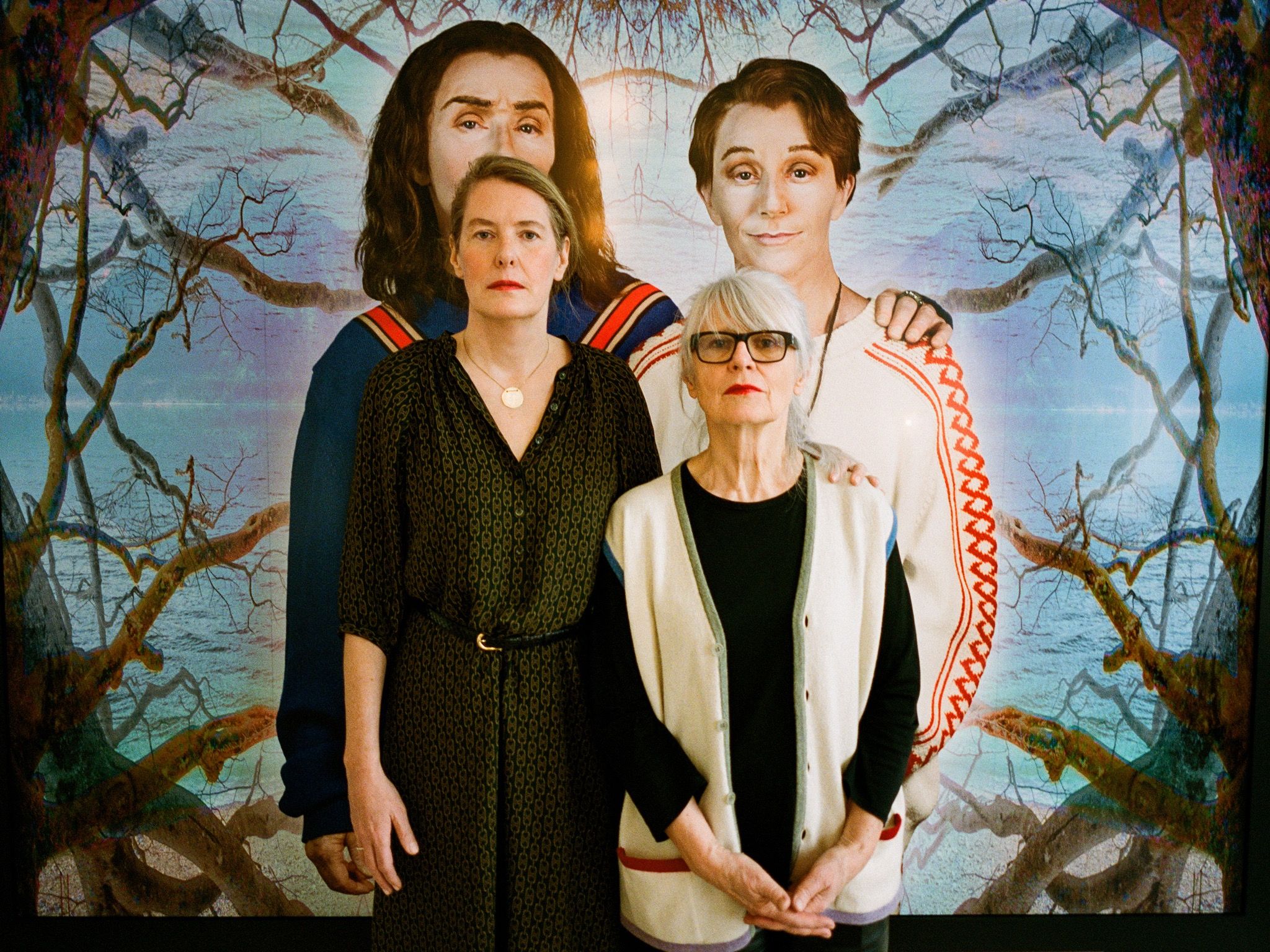
SPRÜTH MAGERS: The Art Gallery and the World
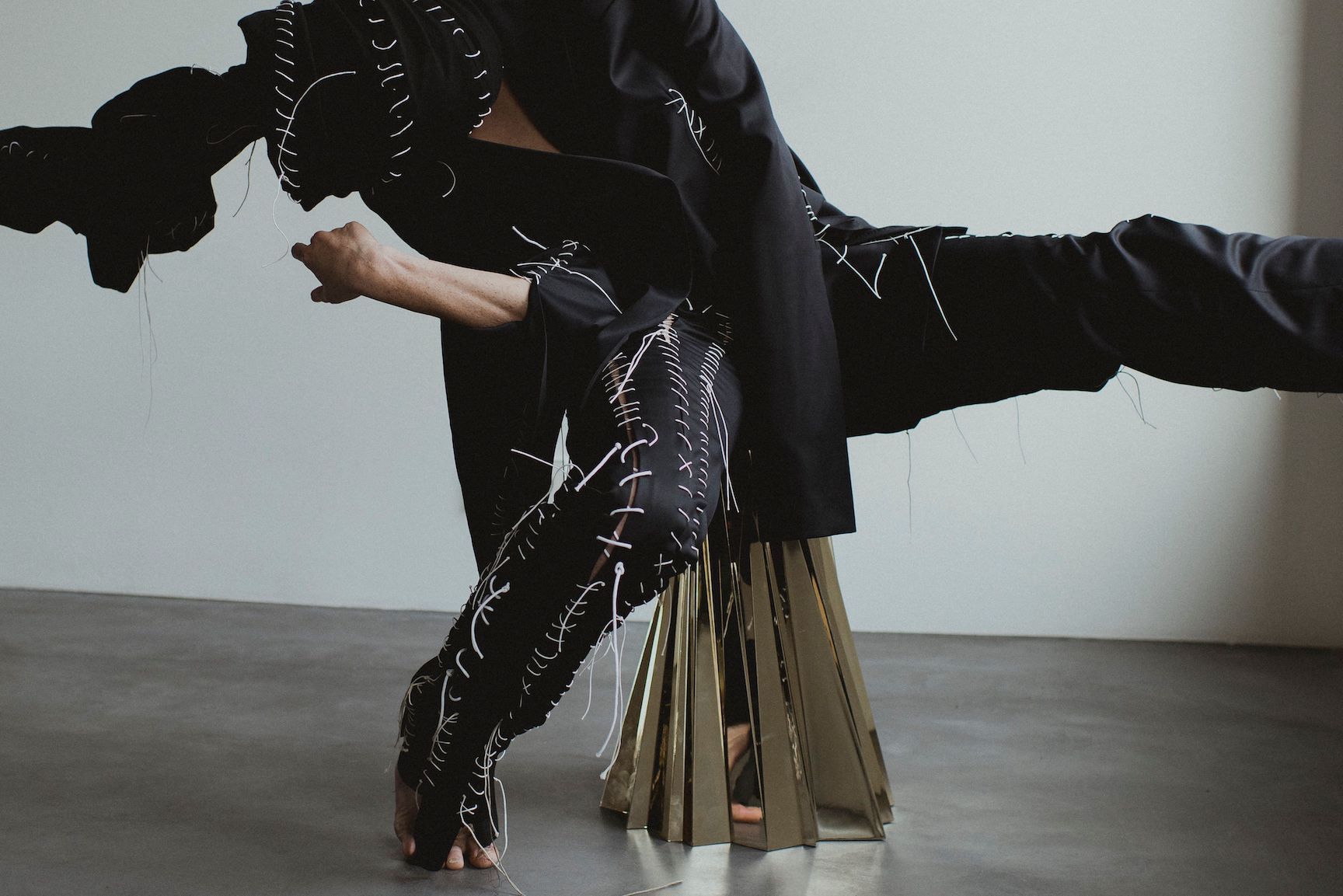
Slash’n’Lace: Welcome to the Couture of OTTOLINGER
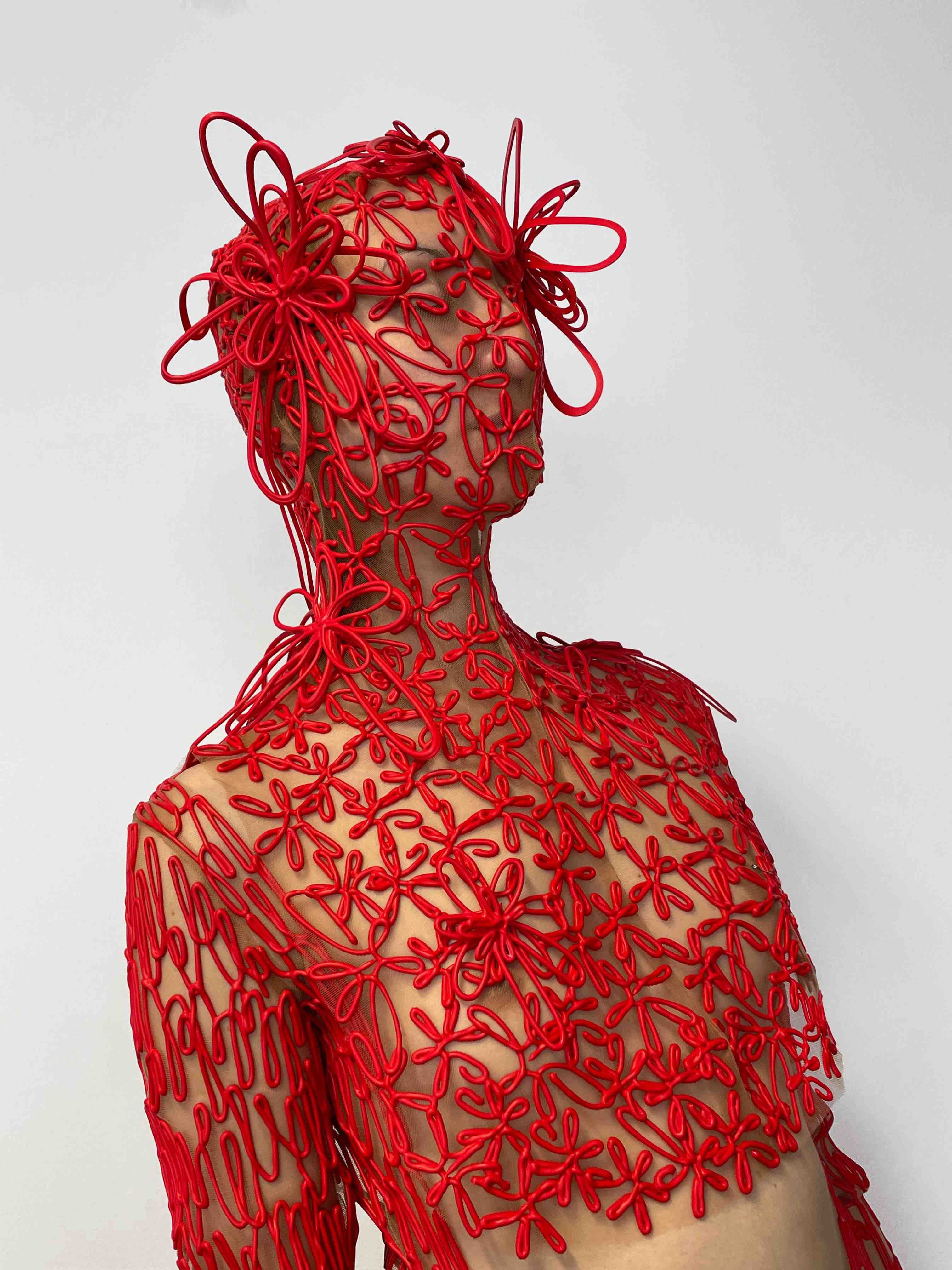
Close to the Hedge: KASIA KUCHARSKA
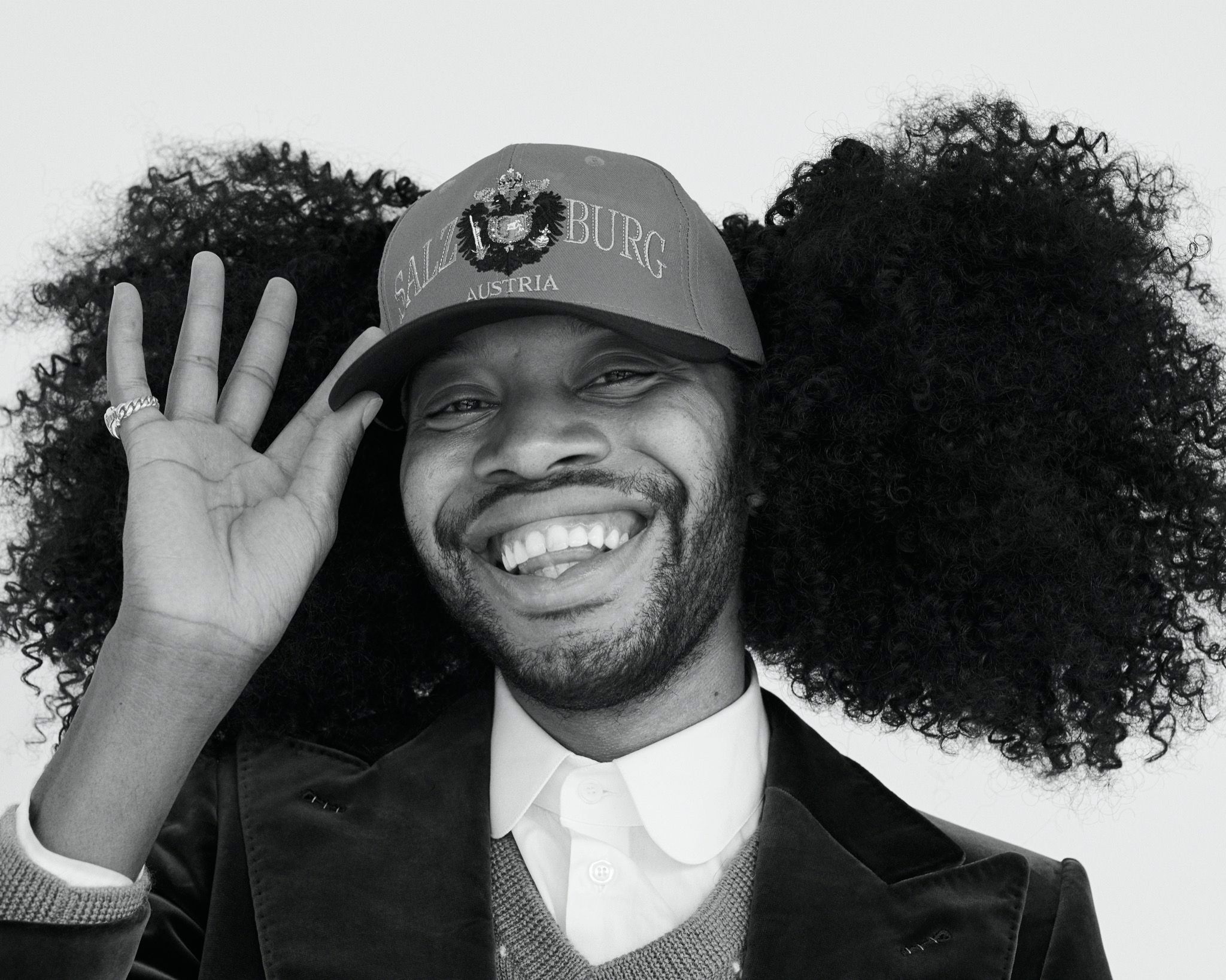
JEREMY O’HARRIS: A Season in Hellbrunn